Credit: Planetary Society On May 2, the president released his target bottom line numbers for NASA, the National Science Foundation, and other federal agencies. This budget includes a 44% cut over FY25 to the NASA budget and a 56% cut to NSF. If Congress takes these recommendations, entire programs will need to be eliminated, including dozens of NASA missions and numerous ground-based facilities. We are at a weird moment in time. Historically, presidents have said what they want to happen, Congress has done what they wanted, and researchers have gone on a never-ending roller coaster of...

Closer Look: Solar Max is Coming in 2025
People in more northern and southern latitudes may have noticed that aurorae are getting more common than we’ve seen in recent years. This is thanks to our Sun’s habit of flipping its magnetic poles every eleven years. As the Sun’s magnetic field becomes quite chaotic...
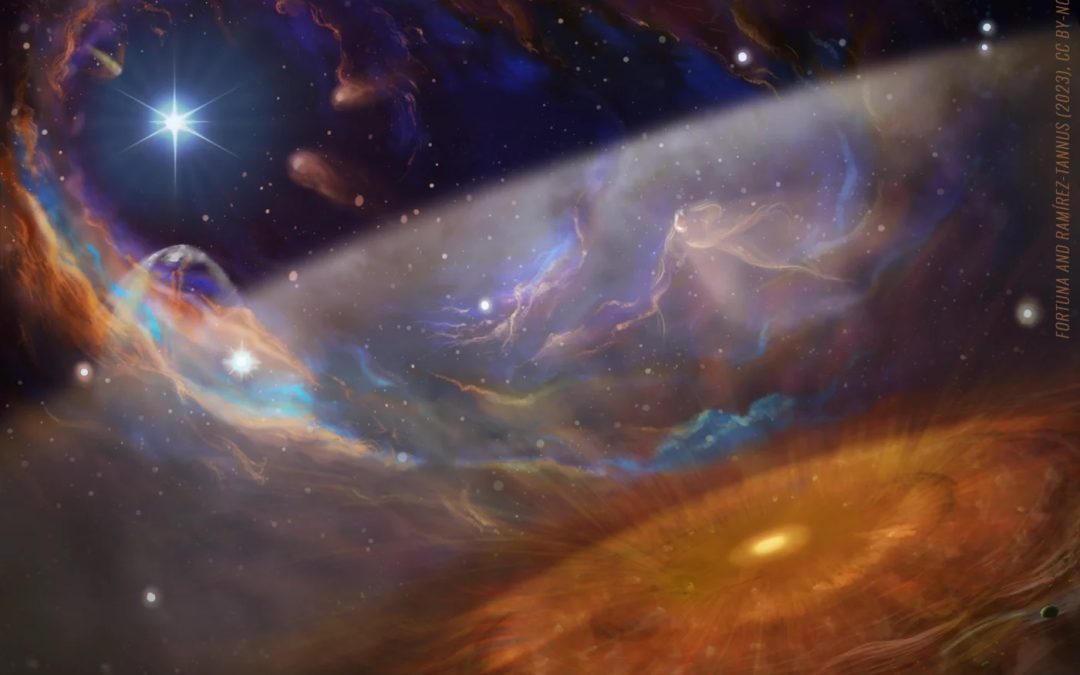
Harsh environments ok for planets… not for life
Artist's impression of the massive star-forming region, with the planet-forming disk XUE-1 in the foreground. The region is drenched in UV light from massive stars, one of which is visible in the top left corner. The structure near the disk represents the molecules...
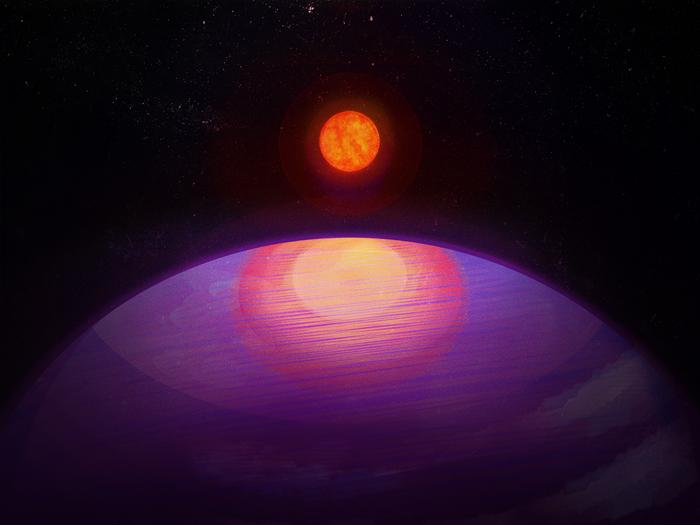
Small star hosts (smaller) huge planet
Artistic rendering of the possible view from LHS 3154b towards its low mass host star. Given its large mass, LHS 3154b probably has a Neptune-like composition. Credit: Penn State Solar systems keep finding new ways to surprise us and to convince us that we don’t...
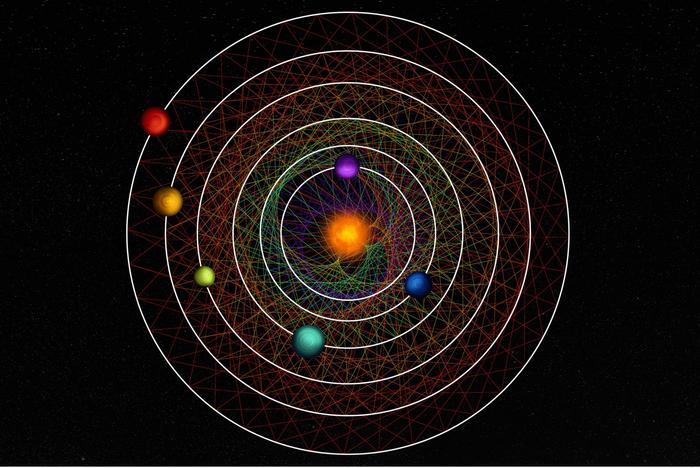
Six planets in coordinated orbits
https://youtu.be/KfZCGBhwpes In my personal opinion, one of the mathematically coolest things in our solar system is the orbits of Jupiter's three inner Galilean moons. It just happens, that these worlds orbit to a beat, with innermost Io circling four times for every...
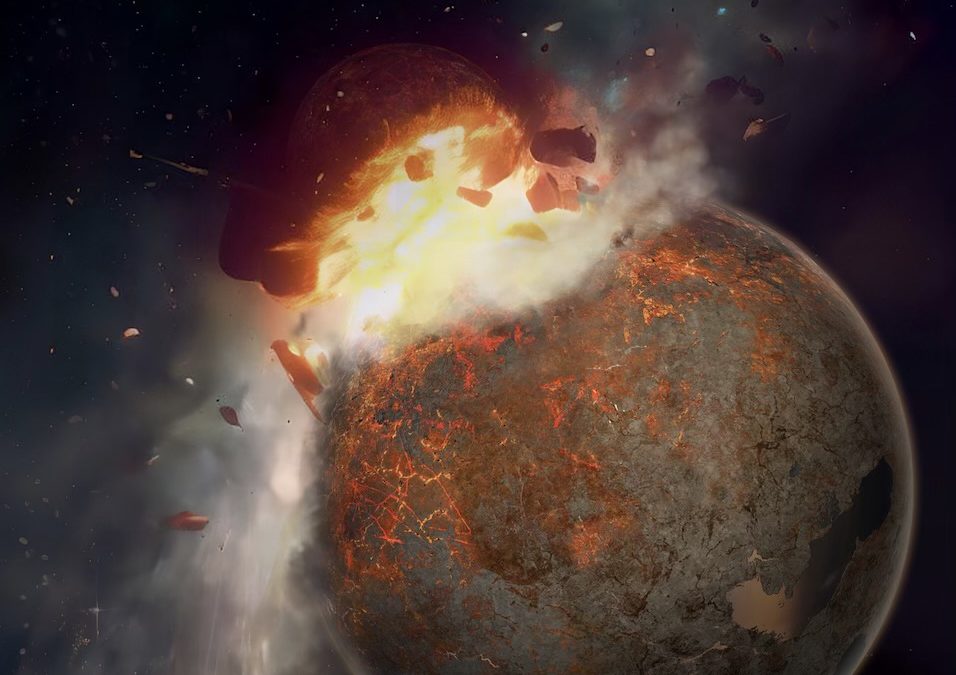
Closer Look: Planetary Formation Through the Years
Credit: NASA Sometimes, our place in the universe really messes with our ability to understand the universe. From wanting life to be Earth-like, to wanting alien solar systems to look like our solar system, it turns out our wants can bias how we try to science...
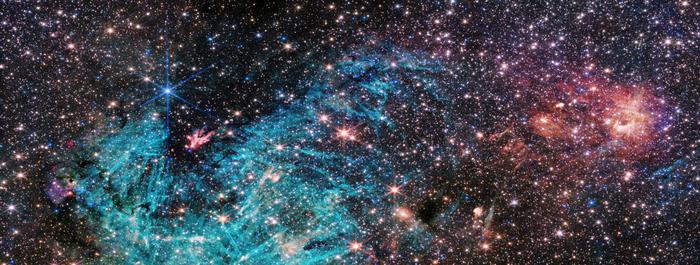
500,000 Stars, with More Born Regularly
Credit: NASA, ESA, CSA, STScI, and S. Crowe (University of Virginia) Our Solar System lives in a nice suburb of the Milky Way. Sitting about 25,000 light years from the galactic center, we’re in a good place to view what’s happening in the core district, but far...
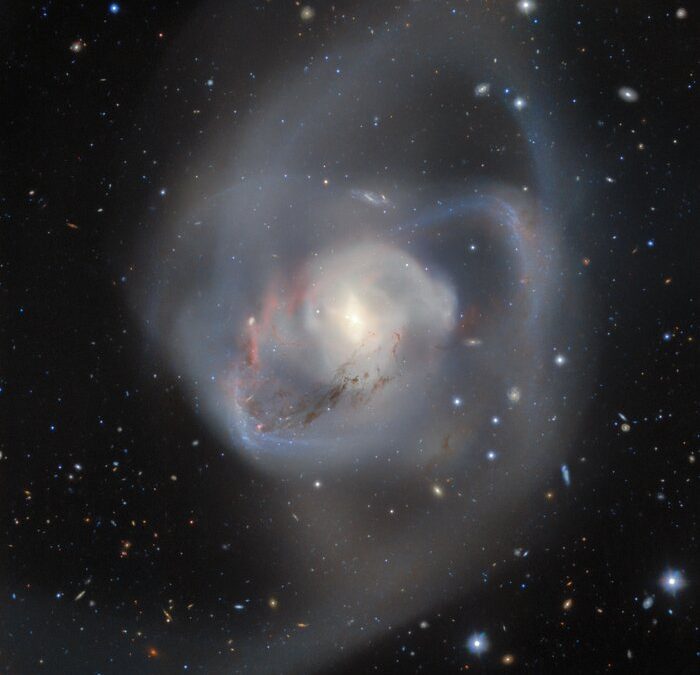
Galaxy mergers beautifully build bigger galaxies
Credit: International Gemini Observatory/NOIRLab/NSF/AURA; Acknowledgment: PI: C. Onken (Australian National University); Image processing: T.A. Rector (University of Alaska Anchorage/NSF’s NOIRLab), J. Miller (International Gemini Observatory/NSF’s NOIRLab), M....
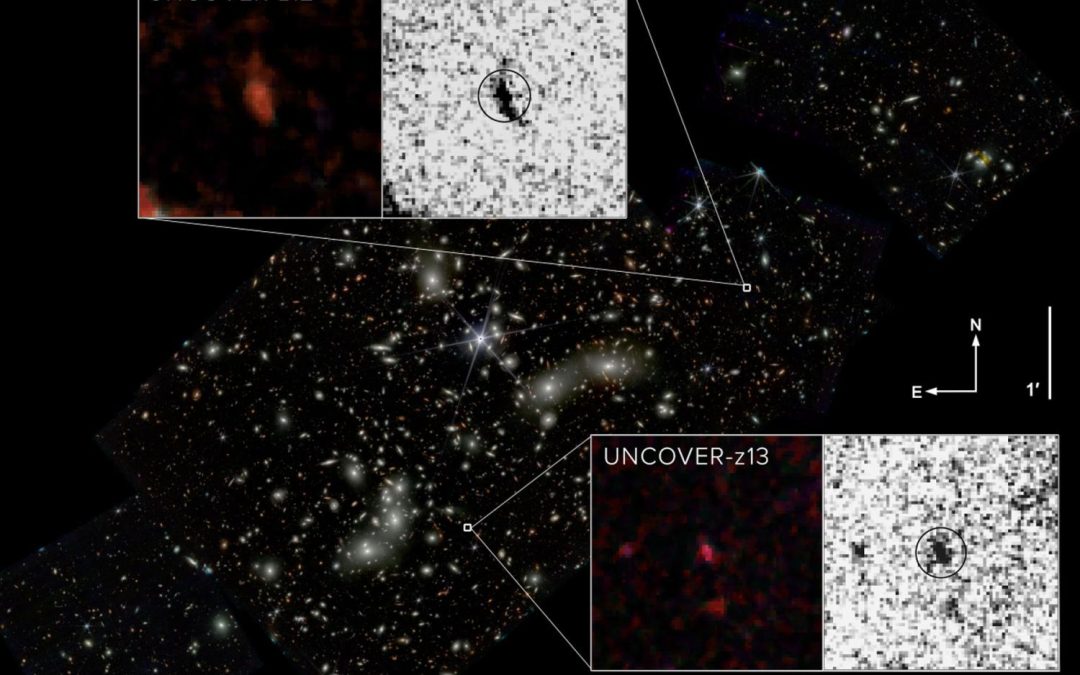
More Theory-Changing Old Galaxies
Credit: Cluster image: NASA, UNCOVER (Bezanson et al., DIO: 10.48550/arXiv.2212.04026). Insets: Nasa, UNCOVER (Wang et al., 2023); Composition: Dani Zemba/Penn State Ok, I have to admit, the JWST is finding objects so exceedingly weird that my first reaction is to...
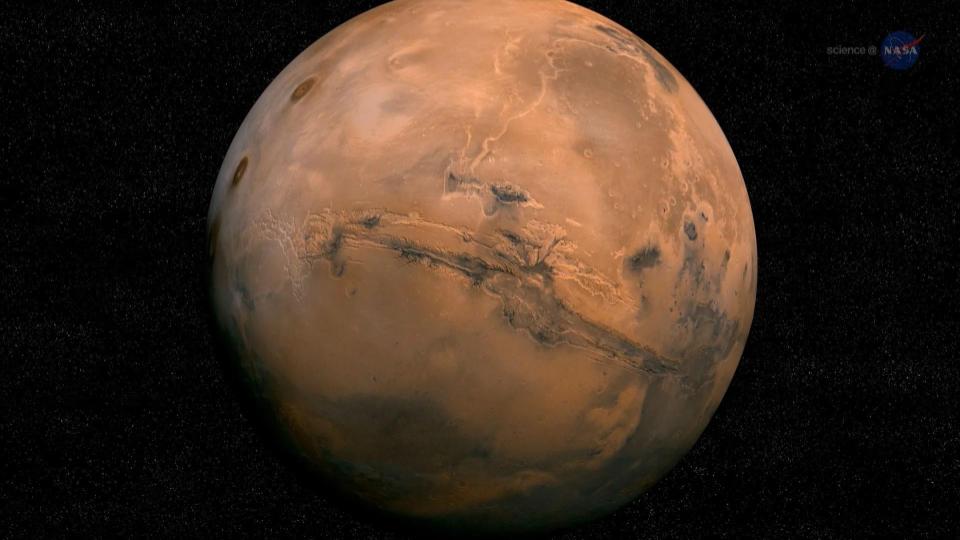
Mars quakes, ices, and places for …biosignatures?
Credit: NASA While asteroids are proving themselves more complicated than we expected, Mars, in a fit of publications, is also demanding attention for all its icy complexity. Back in May 2022, the Insight lander recorded a Marsquake with a magnitude of 4.7. While not...
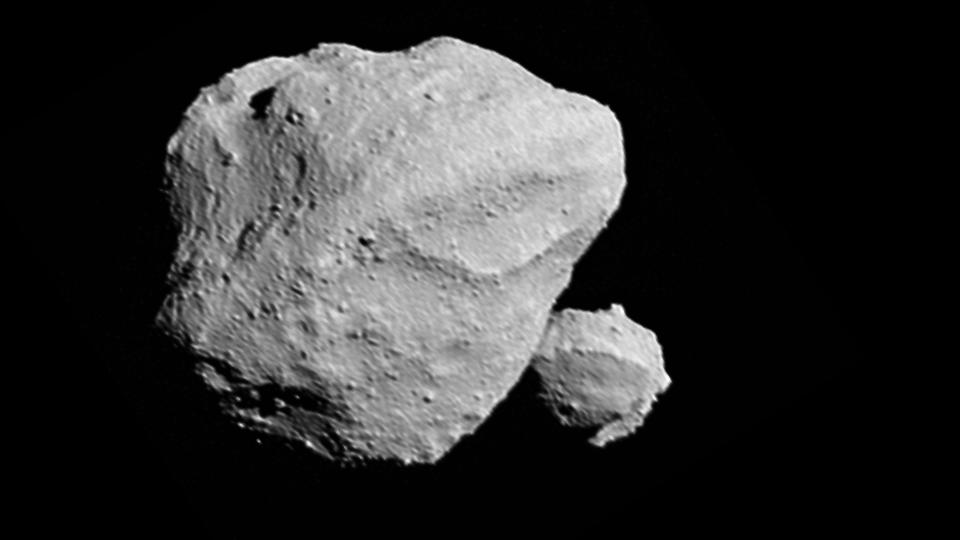
Lucy Sends Science Home
Credit: NASA Back in October 2021, a mission called Lucy lifted off on a multi-year journey to visit Jupiter’s two collections of Trojan Asteroids. Today, it is making its way through the asteroid belt before circling back to use the Earth to get a gravitational...

